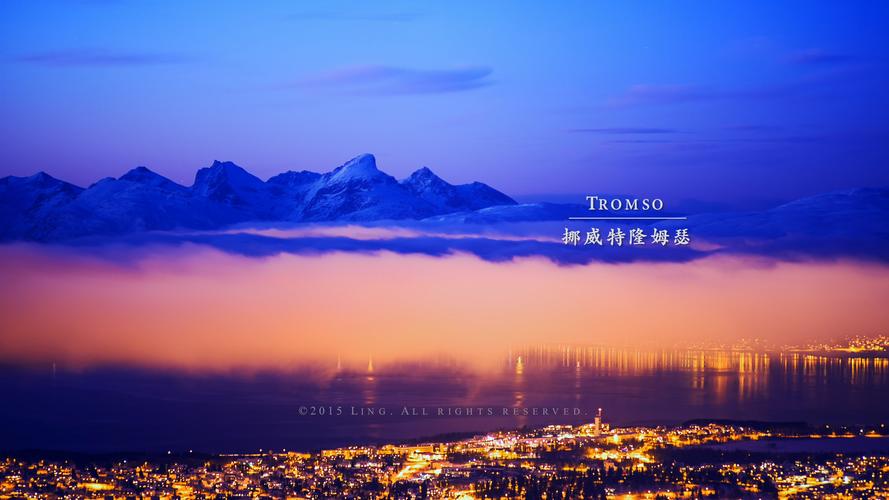How WW1 Changed the Artistic Landscape: A Cultural Impact Analysis
The First World War brought with it a significant change in the artistic landscape, and its impact can be seen in the works of art that followed. Before the war, many artists were creating work that was romantic and idealistic, celebrating the beauty of nature and the human form. However, the horrors of the war shattered these ideals and led to a period of artistic experimentation and innovation, which would help to shape the cultural landscape of the 20th century.
The Death of Romanticism
The romantic ideals that had dominated art before WW1 were slowly dying as the world changed. The old order was swept away, and the world found itself facing a new reality. Artists stopped focusing on the beauty of life and started looking at the darkness and pain that underpinned it. The traditional forms of art were no longer sufficient to convey the horrors of war and its aftermath.
The Rise of Modernism
As the old forms of art became outmoded, a new style of art began to emerge. Modernism was characterized by a focus on the individual, the present, and the subjective. Artists began to experiment with new techniques, such as cubism and abstract expressionism, which challenged the traditional forms of art.
The Impact on Literature
The cultural impact of the war extended beyond the visual arts and into literature. Writers like Ernest Hemingway, Siegfried Sassoon, and Wilfred Owen wrote about the horrors of war in a way that had never been seen before. They showed the reality of war, the pain, and the suffering that the soldiers had endured. By doing so, they changed the way that readers thought about war and how it was represented.
The Role of Women in Art
The war also played a significant role in changing the way that women were represented in art. Before the war, women had been portrayed as passive and obedient, but the war changed all that. Women took on new roles in society, and the art world had to reflect that. Female artists began to emerge in greater numbers, and their work challenged traditional gender roles.
The Legacy of WW1 on Art
The effects of WW1 are still felt in the art world today. Its impact can be seen in the works of contemporary artists who continue to push the boundaries of what art can be. The war shattered the old ideals and allowed for a new kind of creativity to emerge. The legacy of WW1 on art can be seen in a continued focus on individualism, experimentation, and innovation.
Conclusion
The impact of WW1 on the artistic landscape was significant. It shattered old ideals and led to a period of artistic experimentation and innovation. The war changed the way that artists thought about their work and allowed for new forms of expression to emerge. Today, the legacy of WW1 is still felt in the art world, as contemporary artists continue to push the boundaries of what art can be.
(Note: Do you have knowledge or insights to share? Unlock new opportunities and expand your reach by joining our authors team. Click Registration to join us and share your expertise with our readers.)
